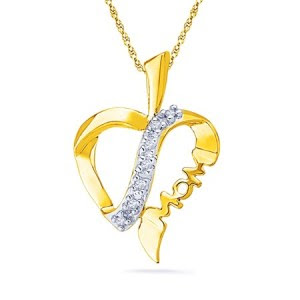Wedding rings reinvented: recycling gold jewelry
Ryan is finding more customers asking for raw diamonds. “The biggest change in recent years is in social awareness,” she says. “People want to know where the material comes from.” That means metal as well as stones. Like most jewelers, Ryan recycles whatever she can, including 95 percent of the metal she uses.
A good portion of that metal comes from the customers themselves. Providing unwanted jewelry for her to melt down cuts their costs substantially without costing Ryan much profit. With gold up to $1,000 an ounce, many couples can no longer afford the rings they want unless they do this.
“We’re dealing with a commodity that used to be very stable in value and is not now,” Ryan says. “I think all artisans – and jewelry stores as well—face the question: How do I keep it in balance and also have my customer be able afford it? There’s always that dance, but especially for wedding rings because they are done on a very personal level.
“A wedding ring is magical to make,” she says. “I feel honored that somebody would come to me for that and I want them to have a really good experience and end up with something they can treasure and that will take whatever comes, like the partnership itself.”
Ryan recently set an opal into a wedding ring for a man from Australia. It was important to him to have that connection to his origins, she said, “but he also loves the fact that it’s fragile but set in a way that it’s protected, because that’s what he feels marriage is.”
His fiancée was with him when Ryan presented the finished ring. “It was so sweet to look at their faces,” she says. “I can’t get over that look on someone’s face and that energy exchange when you hand them something so meaningful to them. I may not have a partner in my life but I get to experience that!”
If you’re looking for some top tips on buying your rose gold wedding rings, then please contact us in the comment section.






Comments